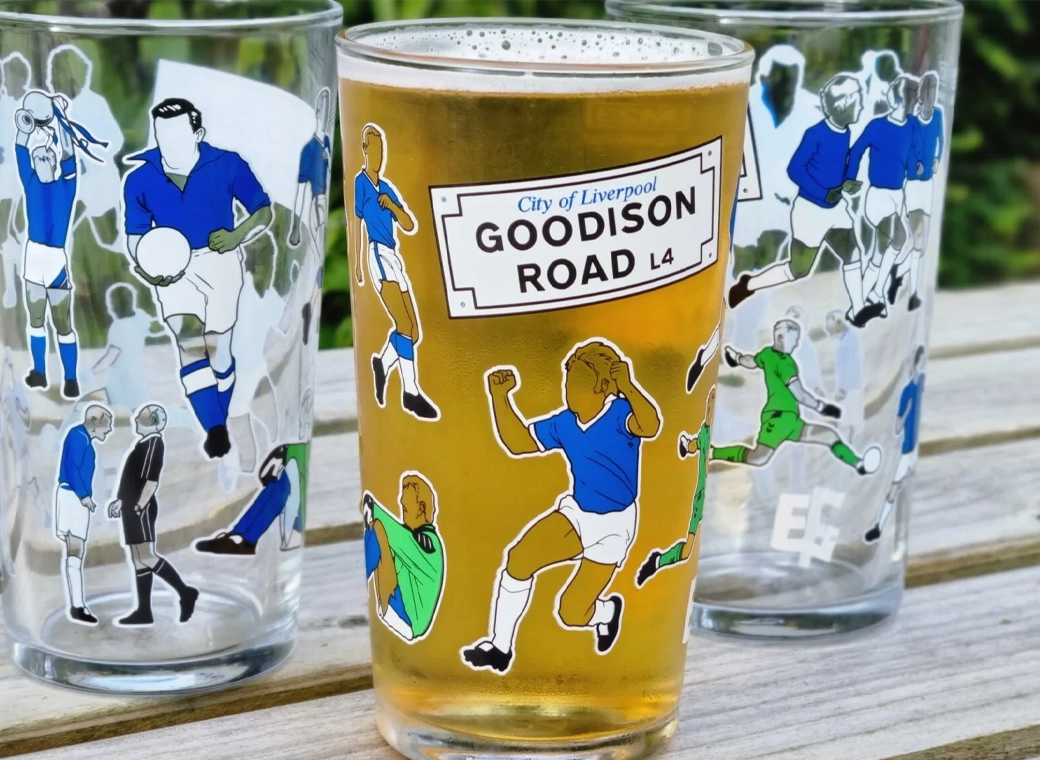Made Roi Choi's spaghetti again for the second time.
It’s a baller recipe on a budget

www.lamag.com
$4 Spaghetti (Serves 4 to 6)
Ingredients
Sauce
¼ pound button mushrooms, whole
¾ cup garlic cloves, peeled
1 cup extra virgin olive oil
2 28-ounce cans of whole peeled
Tomatoes
Salt and pepper
The Rest (amounts up to you . . . )
Spaghetti
Fresh basil, torn
Parmesan Reggiano
Instructions
After a quick brushing off of any dirt, put the mushrooms in a large pot and cover them with about 2 gallons of water. Bring to a boil, then lower the heat to a simmer. Strain the mushroom stock after about an hour and a half and reserve.
Meanwhile, combine the garlic and olive oil in a small saucepan and cook over the lowest flame possible, low and slow, for about 2 hours, stirring periodically until the garlic is a dark golden brown.
When the garlic is done, add the tomatoes along with all of their juice to another large pot. Bring the tomatoes to a boil then add the garlic confit to the pot, including the oil.
Add the mushroom stock to the tomato-garlic mixture, one gallon at first, and blend with a stick blender. You are looking for a smooth consistency. Add more stock if necessary. Season to taste with salt and pepper.
Turn down the heat to the lowest flame and cook for about 2 hours, stirring the sauce periodically. Check for flavor and adjust the salt and pepper if necessary.
Heat up a big pot of water, add ½ teaspoon of salt and a touch of olive oil, and bring it to a boil. Cook the spaghetti just until it’s al dente, about 8 to 10 minutes.
Drain and divide the spaghetti between all the bowls. Toss immediately with the sauce-about a cup of sauce for each bowl of spaghetti. Garnish with the basil and Parmesan Reggiano.
********
My own notes:
1) Poaching garlic: poach on the lowest--LOWEST--possible flame/burner setting. The cloves should look like they aren't even cooking; only a bubble or two should be bubbling up from the pan. Cook for like 1.5 hours. If you cook correctly, the garlic will mash like butter, and you can store it in a jar in the fridge for about a week or two...I do this alot and when hungry open the jar and mash a clove or two on good bread.
View attachment 117965
2) This sauce is delicious and you can't go wrong with using too much olive oil and garlic cloves. I dumped all of the above into three cans of organic tomatoes, added salt/pepper, mushroom stock, and simmered for about an hour. (that's only a 6 inch fry pan, not a 12 inch, by the way)
3) Slice the mushrooms before boiling...I mean why not maximize their surface area.
4) My opinion: Unlike what the recipe says above, cook the spaghetti less-than-al-dente and then finish off cooking the spaghetti in the slightly watery sauce in a separate fry pan so it soaks up more flavor as it finishes cooking and more water boils off the sauce (this is the key to making good linguine and clam sauce as well).
5) Use fresh basil. But you can use dried basil and cheaper parmesean (versus fresh basil and parm), but if you do, add these last, not while cooking but rather as a topping and/or as the final step when cooking spaghetti/sauce before plating. Don't be shy with dried basil, as it is subtle, but treat the fresh stuff with more respect and apportion reasonably.
6) This spaghetti is a slow-burn so to speak. It's not gonna hit your mouth with a WOW, the way a sugary pastry does, but it will taste good at first bite, and with every subsequent bite it gets better. It's more like alcohol than crack--you don't realize you're addicted until your 25th bite and you're already going back for seconds after leaving your wife and kids and waking up in a ditch with indigestion. It's something about the depth of the mushroom stock with the delicate "roundness" of the poached garlic olive oil that keeps you hooked.


 toriavey.com
toriavey.com

















